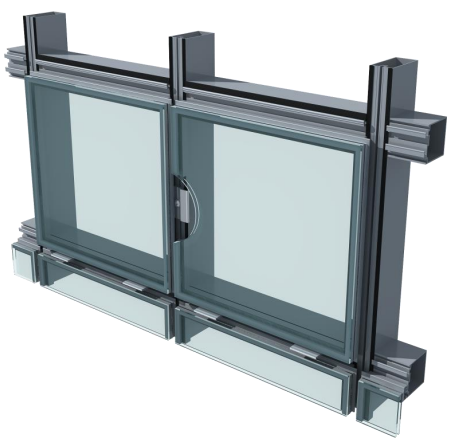

Understanding Low-E Rated Windows A Comprehensive Guide
In an era where energy efficiency and sustainability are at the forefront of architectural design, low-emissivity (Low-E) windows have emerged as a groundbreaking solution for homeowners and builders alike. These innovative windows not only enhance the aesthetic appeal of buildings but also contribute significantly to energy savings. This article will delve into what Low-E windows are, their advantages, and considerations for installation, ensuring you make an informed decision for your property.
What Are Low-E Windows?
Low-E windows are glass products that have been coated with a thin layer of metallic oxide. This coating reflects heat while still allowing natural light to enter the home, making them particularly effective for energy efficiency. The “E” in Low-E stands for emissivity, which measures a material’s ability to emit heat. Low-E glass minimizes the amount of infrared and UV light that passes through without compromising visible light. Essentially, this means that Low-E windows can help keep a home warmer in the winter and cooler in the summer.
Benefits of Low-E Windows
1. Energy Efficiency One of the most significant advantages of Low-E windows is their ability to improve energy efficiency. By minimizing heat transfer, these windows reduce reliance on heating and cooling systems, leading to lower energy bills. Homeowners can expect to see a significant reduction in their utility costs, making an investment in Low-E windows financially beneficial over time.
2. UV Protection Low-E windows effectively block harmful UV rays that can fade furniture, carpets, and artwork. By using these windows, homeowners can protect their interior decor, prolonging its lifespan and maintaining the beauty of their living spaces.
3. Comfort Without the harsh glare of sunlight, rooms equipped with Low-E windows offer a more comfortable ambiance. These windows help in regulating indoor temperatures, which can be particularly advantageous in regions with extreme weather conditions.
4. Environmental Impact By enhancing energy efficiency, Low-E windows contribute to reduced energy consumption. This decrease not only lowers carbon footprints but also supports global efforts to combat climate change. Choosing Low-E windows is a step towards a more sustainable future.

5. Sound Insulation Besides thermal performance, Low-E windows can also provide sound insulation, especially when they’re double or triple glazed. This feature is particularly beneficial for homes located in noisy environments.
Installation Considerations
When considering the installation of Low-E windows, several factors must be taken into account
1. Type of Low-E Coating There are different types of Low-E coatings available, categorized mainly into hard-coat and soft-coat options. Hard-coat Low-E is more durable and better at reflecting heat during colder months, while soft-coat Low-E is more effective for warmer climates and offers better thermal performance.
2. Climate and Orientation The effectiveness of Low-E windows can vary depending on climate and building orientation. Homeowners in colder climates may prioritize coatings that retain heat, while those in warmer regions might opt for coatings that reflect heat. Additionally, consider the orientation of your windows; south-facing windows may benefit from lower emissivity for glare control and heat reduction.
3. Cost vs. Savings While Low-E windows may come with a higher upfront cost compared to traditional windows, the long-term savings in energy bills and maintenance costs can offset this initial investment. It is essential to evaluate your specific needs and long-term plans.
4. Professional Installation Ensuring that Low-E windows are installed correctly is crucial for optimal performance. Poor installation can lead to air leaks, diminishing the efficiency benefits. Hiring a professional can help guarantee proper installation and maximize the advantages of Low-E technology.
Conclusion
In summary, Low-E rated windows offer numerous benefits that contribute to energy efficiency, UV protection, and comfort in the home. As environmental awareness continues to grow, these windows represent a modern solution that aligns with sustainable living practices. By understanding their functionalities and installation considerations, homeowners can make informed decisions that enhance both property value and energy savings. Investing in Low-E technology is not just a trend; it is a step towards a more energy-efficient and comfortable future.